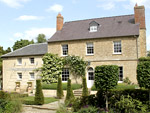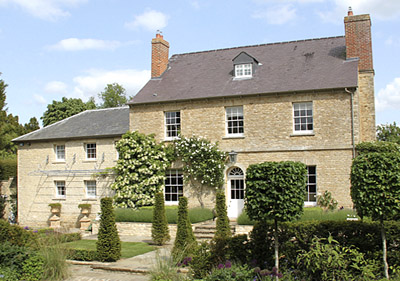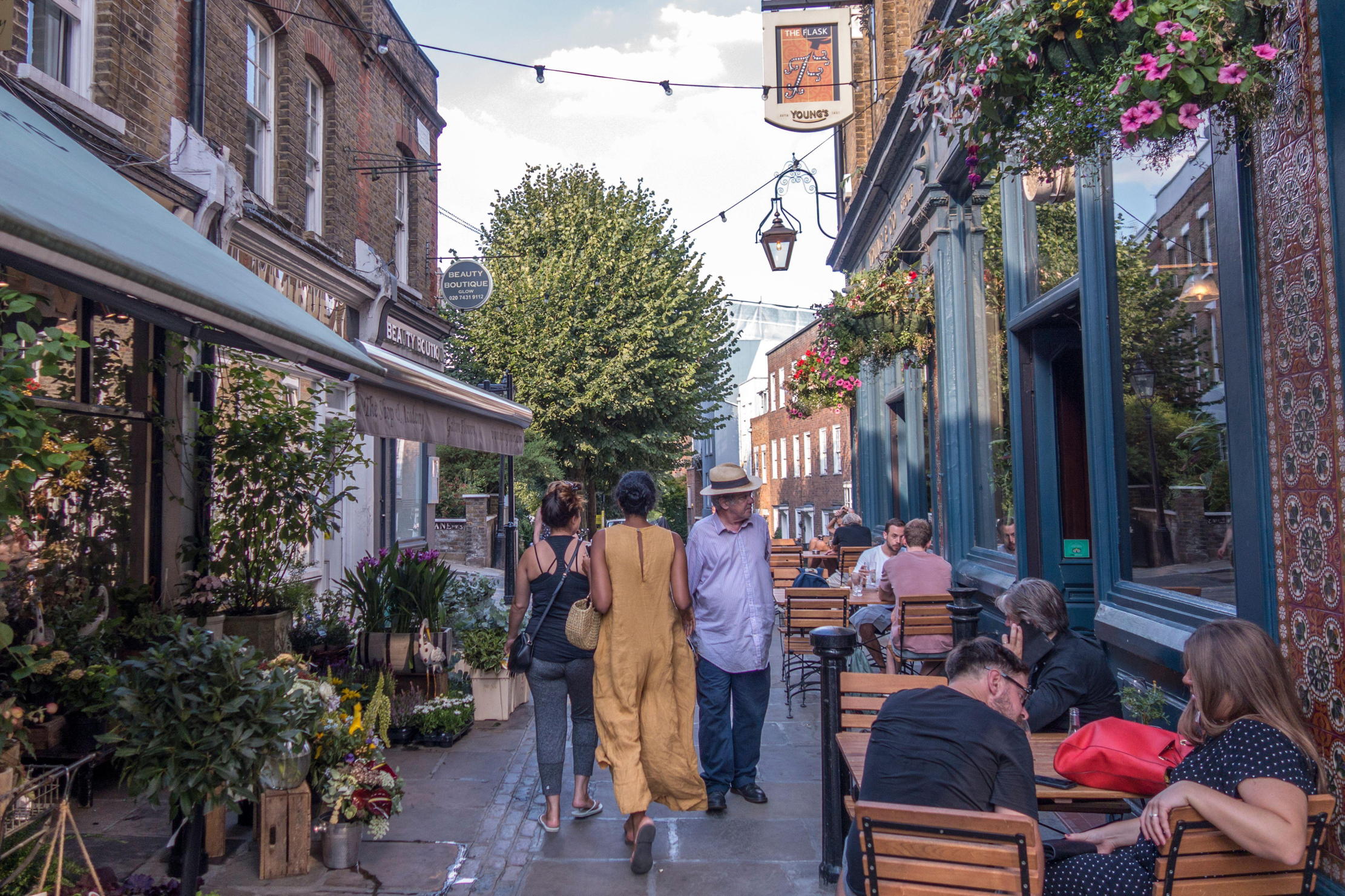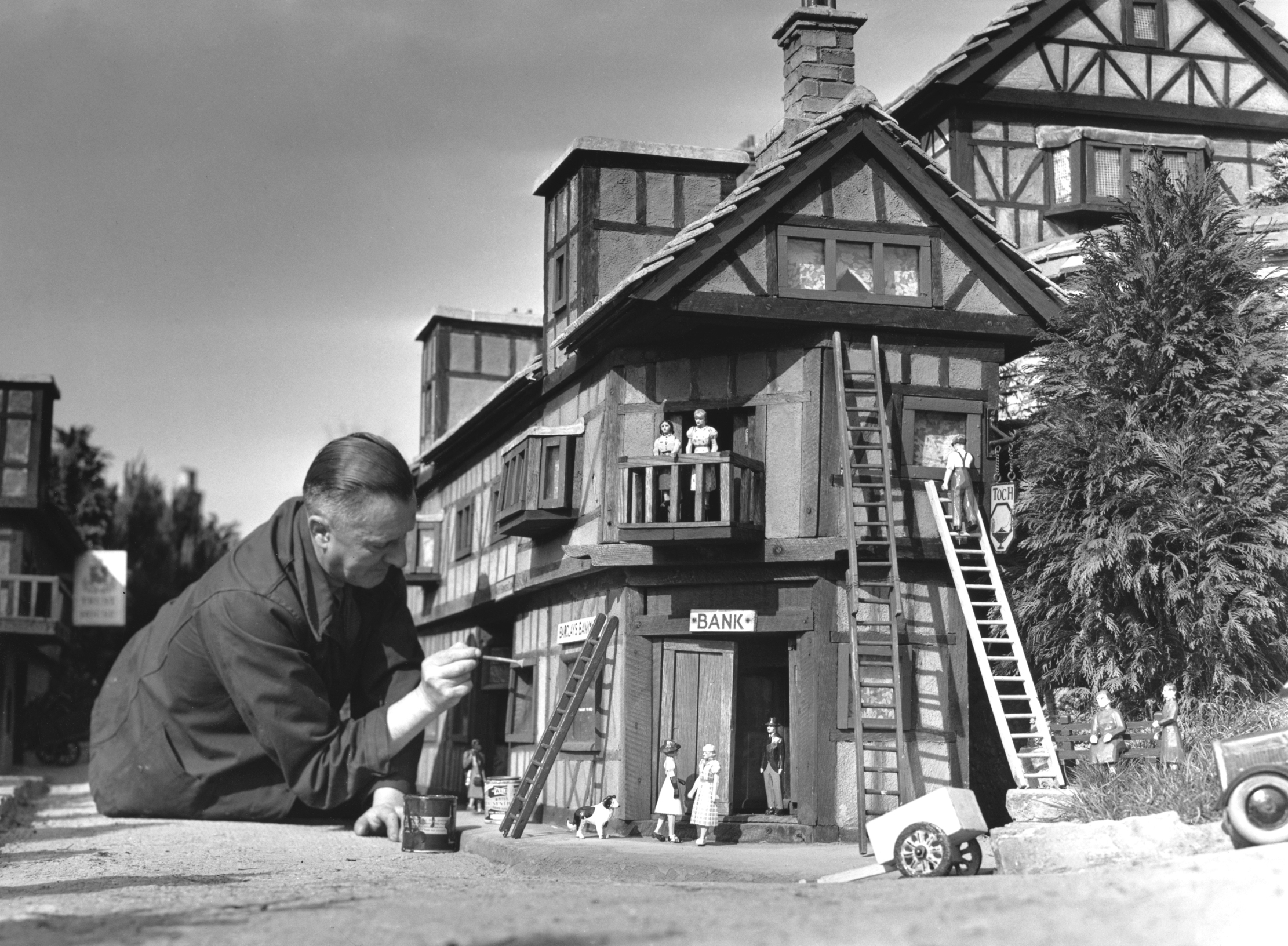Country houses for sale with outstanding gardens
Penny Churchill finds country house buyers with an affinity for gardens covet certain country houses for sale


Just over a year ago, the launch onto the market of the late Sir Simon Hornby's family home, Grade II*-listed The Ham at Wantage, Oxfordshire at a guide price of ‘excess £6 million' through Knight Frank and Strutt & Parker-was the highlight of these pages in the Royal Wedding issue of Country Life (April 20, 2011).
The property was sold within weeks to publisher Nigel Blackwell, who had bought the Hornbys' previous home, Lake House at Pusey, in 1992. ‘It's a most unusual coincidence, and one I have never come across in more than 40 years,' says Harry St John of Smiths Gore in Oxford (01865 733300), who advised the Blackwells on the purchase of The Ham last year, and is now selling Lake House on their behalf, at a guide price of £4.5m.
But there's more to this story than mere coincidence. The common thread running through it isn't just a mutual affinity for books and learning, but a genuine passion for gardening, although Mr Blackwell is quick to point out that ‘although we are keen on gardening, we are definitely not in the same league as the Hornbys'. Sir Simon inherited his love of gardening from his mother, who developed the gardens at the family home, nearby Pusey House, based on work carried out by the eminent landscape designer Sir Geoffrey Jellicoe. Sir Simon went on to create wonderful gardens, first at Lake House and then at The Ham, where, from September, Mr Blackwell and his wife, Chrissie, are looking forward to carrying on their predecessors' gardening tradition.
The hamlet of Pusey sits in a tranquil corner of the Vale of White Horse, between Charney Bassett and Faringdon, and 15 miles from Oxford. The estate was held by the Pusey family from Saxon times until 1935, when it was purchased by the Hornby family from the last of the Puseys. Pusey House itself was built in about 1753, and Lake House was built in about 1830 as the rectory to the 18th-century parish church of All Saints. The Hornby family bought the rectory from the Church in the late 1960s, and renamed it Lake House, presumably after the lake in the grounds of Pusey House next door.
A classic late-Regency house built of stone under a slate roof, Lake House, listed Grade II, was enlarged by the Hornbys in the 1970s and imaginatively refurb-ished and modernised by the Blackwells in recent years-the result is a pleasing blend of contemporary and traditional design. The house has four main reception rooms, a library, seven bedrooms, four bathrooms, three shower rooms, a large wine cellar and glorious views. Other buildings include a garden studio, a three-bedroom staff cottage and a leisure complex, surrounded by more than three acres of inspirational gardens, with a further 24 acres of pasture and woodland providing added privacy and protection.
Wiltshire is the setting for some of England's greatest gardens, and the famous gardens of Stourhead at Mere, near Warminster, are among the most visited of any property owned by the National Trust. Tucked away at the heart of the 2,650-acre estate, donated by the Hoare family in 1946, is a remarkable but relatively unknown ‘gardener's garden' created by Anthony and Elizabeth Bullivant at Stourton House, the former village rectory they bought from the Church in 1957. Now, the sale of Stourton House, with its 7.3 acres of gardens and paddock-through Strutt & Parker in Salisbury (01722 344010) at a guide price of £1.5m-offers the chance for another gardening ‘free spirit' to re-create the paradise so painstakingly established by Mrs Bullivant and her late husband over the years.

* Subscribe to Country Life and save £1 per week
Sign up for the Country Life Newsletter
Exquisite houses, the beauty of Nature, and how to get the most from your life, straight to your inbox.
Mrs Bullivant, now in her late eighties, acquired her love of gardening as a child in Dorset, but the manicured world of pristine lawns and pretty things ‘all in a row' has never been her scene. She and her husband were attracted to Stourton House not just by the charm of the late- Regency house, but by its free-draining greensand soil and the number and variety of its mature trees. Over the next 50 years, they went on to develop a notable collection of 270 varieties of hydrangea, a wide range of rhododendrons and viburnums (including one named Elizabeth Bullivant), and dozens of species of prize-winning daffodils and snowdrops, some thought to be unique to Stourton.
Stourton House was built in 1820 for the then rector, William Partridge (who married Henry Hoare's daughter), and later passed into the hands of the diocese. Currently shared by Mrs Bullivant and her family, it works equally well as one house or two, having four reception rooms, two kitchens and various domestic and storage areas that could be rearranged to provide a single spacious kitchen and dining area. There are three main bedrooms, four secondary bedrooms and three bathrooms on the first floor, plus a large cellar in the basement. Outbuildings include a 2,500sq ft coach house with its original stalls, substantial storage space and extensive attics. Both house and gardens need taking in hand, but someone blessed with even a fraction of Mrs Bullivant's flair and enthusiasm would surely find the experience a rewarding one.
Another enchanting house with a distinguished gardening heritage is Grade II*-listed Old Tong Farm near Brenchley, seven miles from Tunbridge Wells, Kent. In 1971, owner Simon Toynbee and his late wife, Antoinette, bought the mainly 16th-century former wool hall, which dates from the 14th century, yet has exceptionally high ceilings and well-proportioned rooms. ‘Having lived in a flat in Hong Kong, my wife had no gardening experience whatever, but she went to work with Christopher Lloyd at Great Dixter and really got on with him, soaking up Latin names without effort and eventually becoming a stalwart of the National Gardens Scheme, both at home and throughout Kent,' says Mr Toynbee, who is immensely proud of the exquisite formal gardens they created together at Old Tong Farm.
The house has also been much improved without detracting from its many original features, such as exposed timbers, leaded-light windows, solid-oak doors and cast-iron fixings. Of particular note are the Huguenot murals in the master dressing room, which date from 1625. Old Tong Farm has accommodation on three floors, including five reception/family rooms, a kitchen/breakfast room, a cellar dating from 1351, six bedrooms, three bathrooms and a large attic. There's also a two-bedroom cottage, built in 1988, and an array of useful outbuildings. Although sad to leave this house of happy memories, Mr Toynbee feels that it's time to move on, so Old Tong Farm is for sale through Strutt & Parker (01732 459900) at a guide price of £2.3m.
Country Life is unlike any other magazine: the only glossy weekly on the newsstand and the only magazine that has been guest-edited by HRH The King not once, but twice. It is a celebration of modern rural life and all its diverse joys and pleasures — that was first published in Queen Victoria's Diamond Jubilee year. Our eclectic mixture of witty and informative content — from the most up-to-date property news and commentary and a coveted glimpse inside some of the UK's best houses and gardens, to gardening, the arts and interior design, written by experts in their field — still cannot be found in print or online, anywhere else.
-
 A day walking up and down the UK's most expensive street
A day walking up and down the UK's most expensive streetWinnington Road in Hampstead has an average house price of £11.9 million. But what's it really like?
By Lotte Brundle Published
-
 Life in miniature: the enduring charm of the model village
Life in miniature: the enduring charm of the model villageWhat is it about these small slices of arcadia that keep us so fascinated?
By Kirsten Tambling Published
